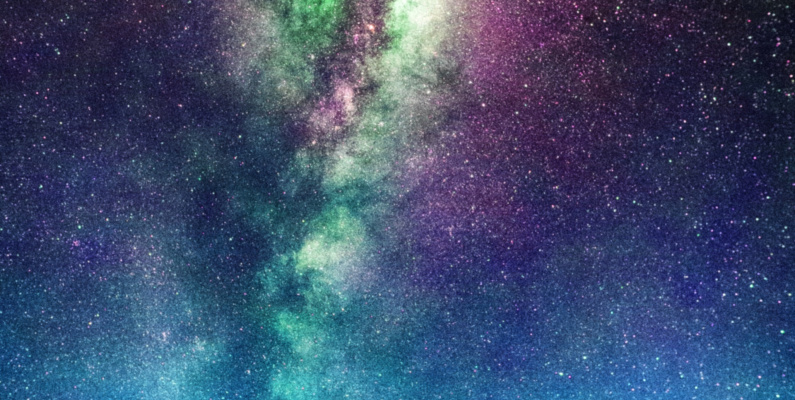
Welcome to the Sky Guide, your monthly guide to what's happening in the heavens!
For a printable version, click here: August-Sky-Guide.pdf
|
MOON MARAMA PHASES: |
SUN RĀ RISE / SUNSET |
|||
|
Phase
3rd Quarter New Moon 1st Quarter Full Moon |
Date
Sunday 5 Saturday 11 Saturday 18 Sunday 26 |
Date
Sunday 1 Sunday 15 Tuesday 31 |
Rise
7.57am 7.37am 7.10am |
Set
5.31pm 5.47pm 6.07pm |
AUGUST ĀKUHATA HIGHLIGHTS
Scorpius/Māui’s hook
For many northern iwi of New Zealand, the Scorpius constellation is known as Māui’s hook. One day while out fishing with his brothers, Māui caught a giant fish using a fishhook carved from the jawbone of his grandmother. The fish, Te Ika-a-Māui, became the North Island of New Zealand.
To find Scorpius, face north and look above you towards the centre of the Milky Way. Search for Antares, a bright red star known as the “heart of the Scorpion” – you should be able to see the scorpion’s tail nearby.
Sagittarius and the Milky Way
The Milky Way/Te Ika-o-te-raki
Our solar system is located in the Milky Way, a beautiful, barred spiral galaxy. About two-thirds of galaxies have bars – bright areas thought to be nurseries where new stars are born – and the Milky Way has two. Another feature of our galaxy is its spiralling arms, with our solar system located in the Orion Arm.
We look at the Milky Way edge-on from Earth because we are within the galaxy itself, so it appears as a band of bright dust and stars painted across the sky. During August it will stretch from north-east to south-west with the brightest and densest part, called the galactic bulge, overhead.
Thanks to low light pollution, the South Island is one of the best places in the world to view the Milky Way. We’re also able to see the galactic bulge all year round (unlike in the northern hemisphere where it’s only visible from October to March).
The Milky Way is known as Te Ika-o-te-raki in Māori, meaning “the great fish of the sky”. This fish is said to take care of the rest of the stars as it swims across the sky.
Sagittarius
Sagittarius is depicted as a centaur holding a bow and arrow pointed at Antares, to protect the great hero Hercules should Scorpius attack.
The galactic bulge of the Milky Way is located on the eastern side of Sagittarius. Sagittarius A* (pronounced Sagittarius A-star) is a compact area within this region that emits complex radio waves. It’s thought to be the location of a supermassive black hole, around 100 light years in diameter. We can’t see black holes as nothing, not even light, is able to escape their immense gravitational effects. However, we know there is one at the centre of our galaxy due to the orbital patterns of stars in the Milky Way.

Image: The Sagittarius constellation from Uranographia by Johannes Hevelius. Public Domain Mark.
Southern Cross and the Southern Pointers
Southern Cross
To find the Southern Cross or Crux, first find Alpha and Beta Centauri in the Centaurus constellation. When lined up, these bright stars point towards the Southern Cross (they’re also known as the Pointers). Several cool features can be found around the Southern Cross and Pointers.
You’ll need binoculars to view the following features
Jewel Box Cluster
This open cluster (loose grouping of stars) of just over 100 stars is known for its many different colours. Blue stars are younger and red stars are older. Look to the left of Beta Crux (the left star of the Southern Cross) to find this cluster.
Omega Centauri
This is a globular cluster (spherical star grouping) once thought to be a dim star in Centaurus. We now know it consists of 10 million stars, making it the largest globular cluster in the Milky Way! Look above Gamma Crux (the top star of the Southern Cross) to locate it.
Coalsack Nebula
This cloud of galactic dust – known as a dark nebula – is so thick it blocks nearly all the starlight behind it. However, in a few million years the gas will likely form new stars, bringing light to the Coalsack. Look around Alpha Crux (the star system that looks like a star at the bottom of the Southern Cross) to find this nebula.
